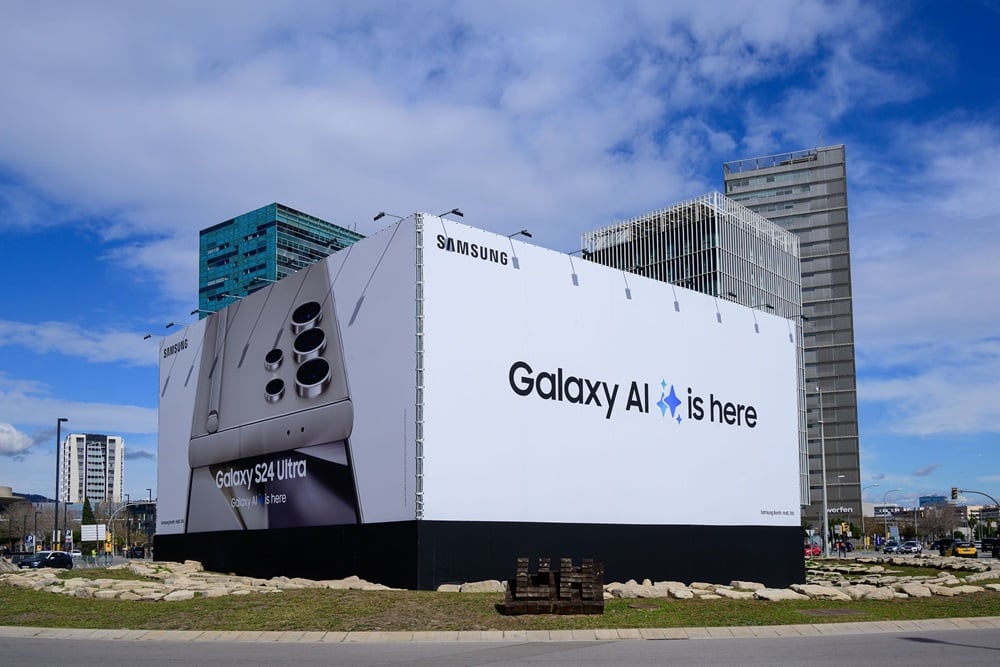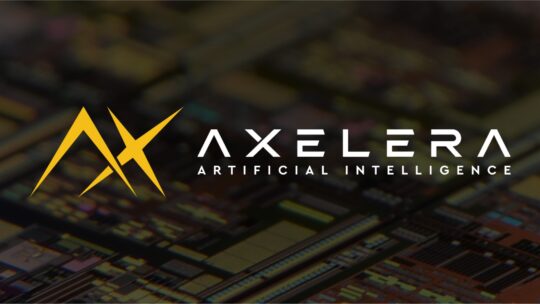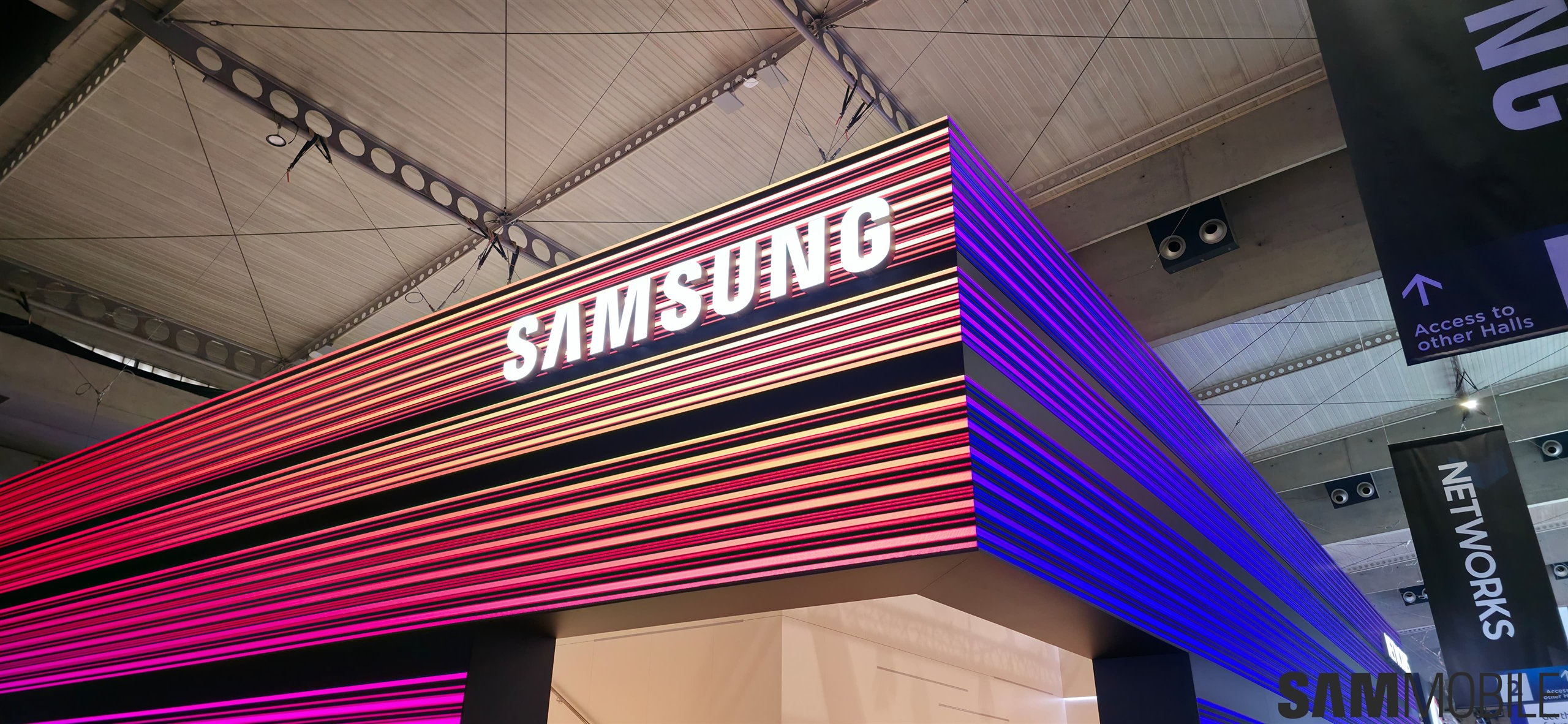
Samsung invests in AI firms Axelera AI and DreamBig
Samsung Catalyst Fund has recently invested in two AI firms: Axelera AI and DreamBig. Axelera AI is a fabless semiconductor firm that makes tailor-made hardware for Generative AI and computer vision interface. Samsung Catalyst Fund, together with CDP Venture Capital SGR, Fractionelera, Innovation Industries, Innovation Industries Strategic Partners Fund, Invest-NL Deep Tech Fund, the European Innovation Council Fund, and Verve Ventures, invested $68 million in Axelera AI's Series B funding.
Axelera AI has over 180 employees, and over 55 of them have PhDs and over 40,000 citations. The company will use the fund to grow AI interface solutions based on its proprietary Digital In-Memory Computing and RISC-V technology. Its technologies could potentially be used in automotive, digital healthcare, drones, Industry 4.0, retail, robots, and surveillance industries.
Samsung Catalyst Fund also invested in DreamBig. Other investors that participated in the company's new funding round include Event Horizon, Hanwha Next Generation Opportunity Fund, Raptor, and Sutardja Family. In this Series B funding round, the companies raised $68 million.
DreamBig plans to utilize these new funds in the development and commercialization of products based on its Chiplet Hub and Platform Chiplets. They have universal support for AI, Accelerators, CPU, IO, Memory (CXL, DDR, HBM, and SSD), and Networking chiplets within a unified platform.
Marco Chisari, Head of Samsung Semiconductor Innovation Center and Executive Vice President, Samsung Electronics, said, “We are delighted to co-lead DreamBig's Series B round and partner with an exceptional team leading the path to streamline chiplet-based AI solutions. The ever-growing demands for intensive workloads and memory-bound applications – from generative AI to automotive – are fueling the need for more advanced chiplet-based designs with 3D HBM stacking.“

















